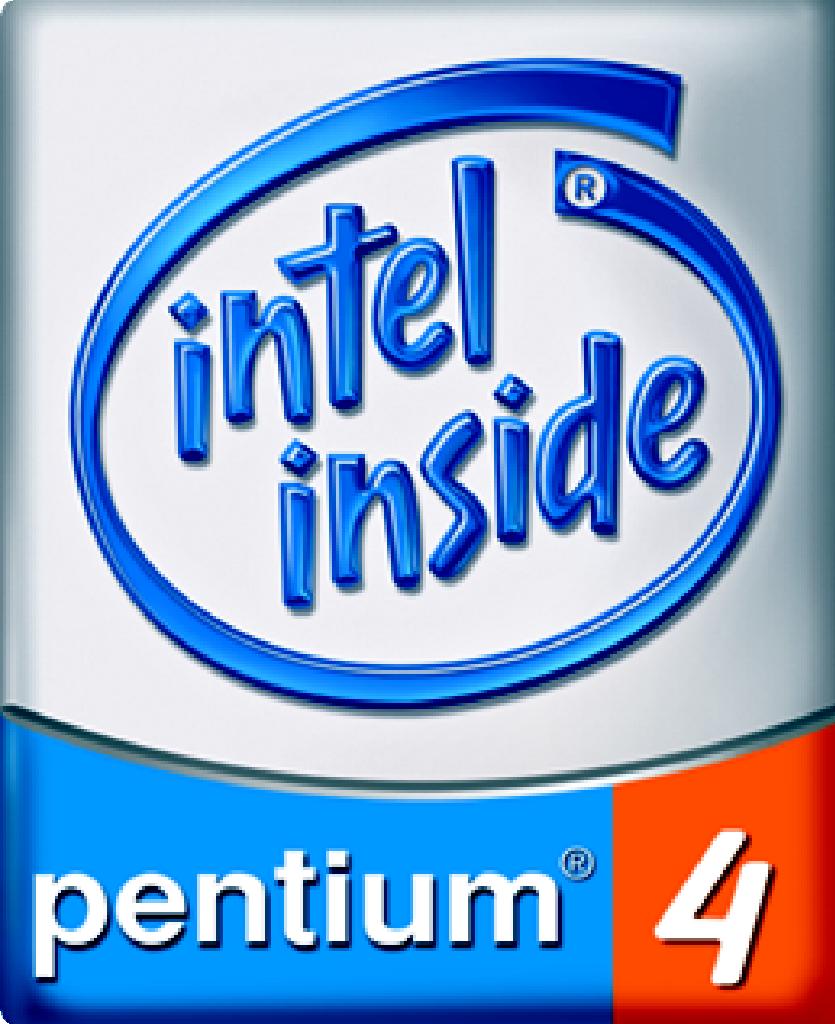The Intel Brand platform extends the technology leadership for the company in a way that the technology alone can not.
Intel cleverly introduced Intel Inside in the early 90’s as a differentiating communications and co-marketing program. This effectively promoted Intel’s advancing technology, and strengthened key relationships with corporations, OEMs, developers, and of course the end user/consumer who asked for the Intel ‘computer’ more than the box brand. Check for yourself, a computer with an Intel Inside sticker sells for a higher price than non Intel.

You can read more in a previous post about Intel’s Greatest Business Decision, and how they developed the Intel Inside marketing platform.
Intel Inside and the corollary Computer Inside brand concept educated the world that what makes our technology work is on the inside. Intel at its heart is a manufacturing and engineering culture. The company is not a marketing company, but it understands how to use marketing and branding to deliver through products and communications the heart or core of Intel’s expertise in manufacturing microprocessors and a range of chips to drive computing capabilities, i.e., the brains of our devices.
Intel Inside as a corporate and brand awareness platform is a rallying mission of purpose as to why Intel keeps developing technology inside our devices. Since the company’s founding in 1969 it has thrived and sustained over various cycles and massive changes in information technology.
Intel has succeeded far better over a longer period that any other chip manufacturer and is the most recognizable company in its space, and is one of the most admired brands of all global companies.
Many comment that Intel is missing the tech trend to mobile devices. True, that not of all the company’s forays into new markets have been a success. They did in the early 2000’s succeed with their products into the then burgeoning shift into laptops. However, I agree that many efforts into mobile phones and tablets have not been fruitful.
However, not all companies are able to succeed on early attempts. By example, Apple is often not the first mover on new product categories: MP3, tablets, and smartphones are but a few product groups that were launched years ahead of the Apple offerings.
And as with Apple people and markets keep looking to the Intel Brand for solutions, and will give the company more time to deliver what they expect because of its brand and long history of achievement.
After all outside of Intel who has delivered more consistently on the delivery of high quality, performance chips on such a large scale?
Intel’s newly appointed CEO, Brian Kraznich, is only the company’s 6th in its 45 year history. He announced recently at CES the company’s road map. They are engineering and building products for new devices in the forms of personal assistants, “wearables”, SD-size computers, and security.
Technology competition will be even fiercer in future waves of new devices. Standout companies and category leaders will be those with a successful track record, who bring fresh ideas and products to market, and with whom there’s a trusted and valued brand relationship with people.
It’s notable that Apple too maintains and thrives on an enduring brand platform. This sustained the company through the 90s when during much of that period the company was flailing, and whose continued existence was questioned.
A loyal core of brand believers kept the company going during its dark period. Apple today is so trusted to deliver wonder and delight for legions of consumers that they can credibly introduce just about any product, and be successful. In the process they redefine categories and often make us forget that some of the previous smartphones, tablets ever existed. You can find a related article about the Apple Brand in this post.
Google, a newer company, appears also to cultivate an understanding of itself as a brand to people worldwide. They continue to broaden their product offerings and appeal beyond the largest revenue contribution of search. Their cloud apps, Android, Nexus, and Google Glass are well received, and are credible extensions of the Google Brand. As of this post Google just announced the acquisition of a home automation company.
Watch for how these companies use their brand platforms to introduce new ideas and technologies in the marketplace. Well managed brands exude confidence and leadership for future expectations by customers. Even in a challenging business cycle one can observe how these companies continue to thrive. This is because they are able to connect their brands with customer relationships, and they carefully maintain their communication with customers over time.
Peter Klinge, Jr. is an executive leader who works with small to mid-size company executives and owners on driving success in the next stage of growth.




